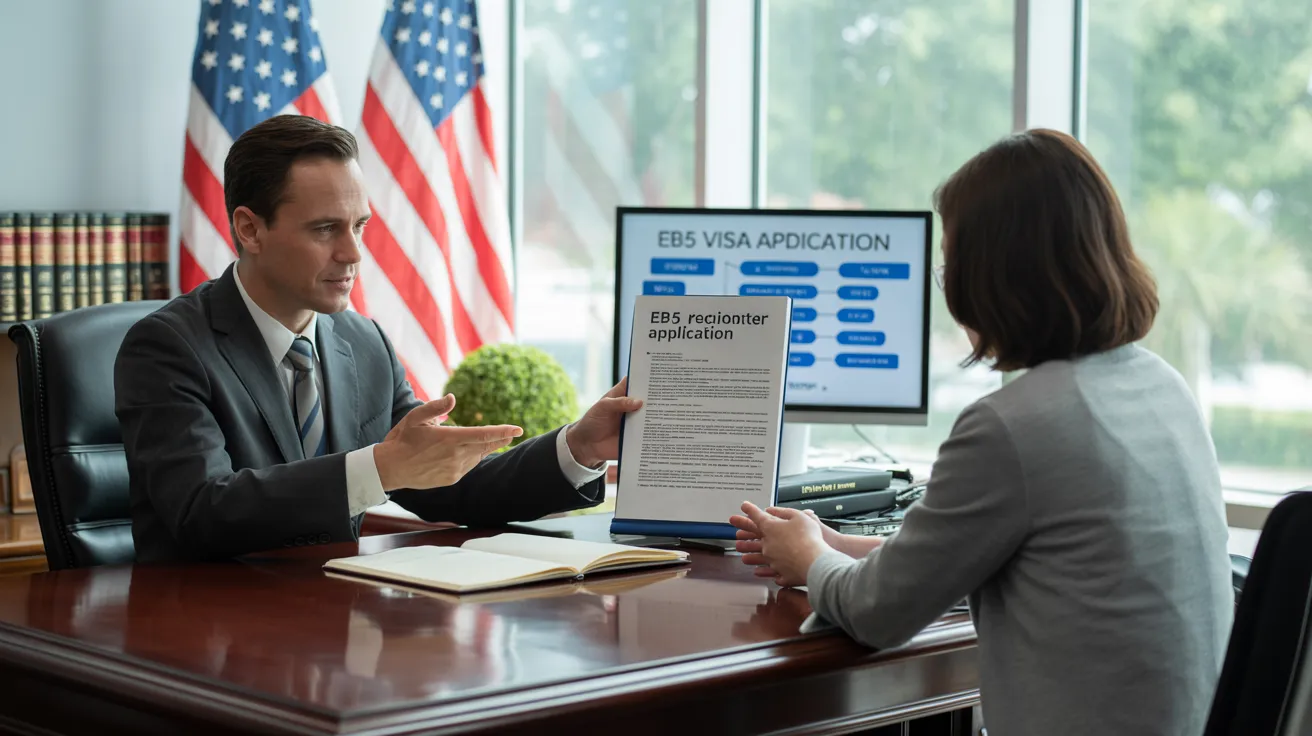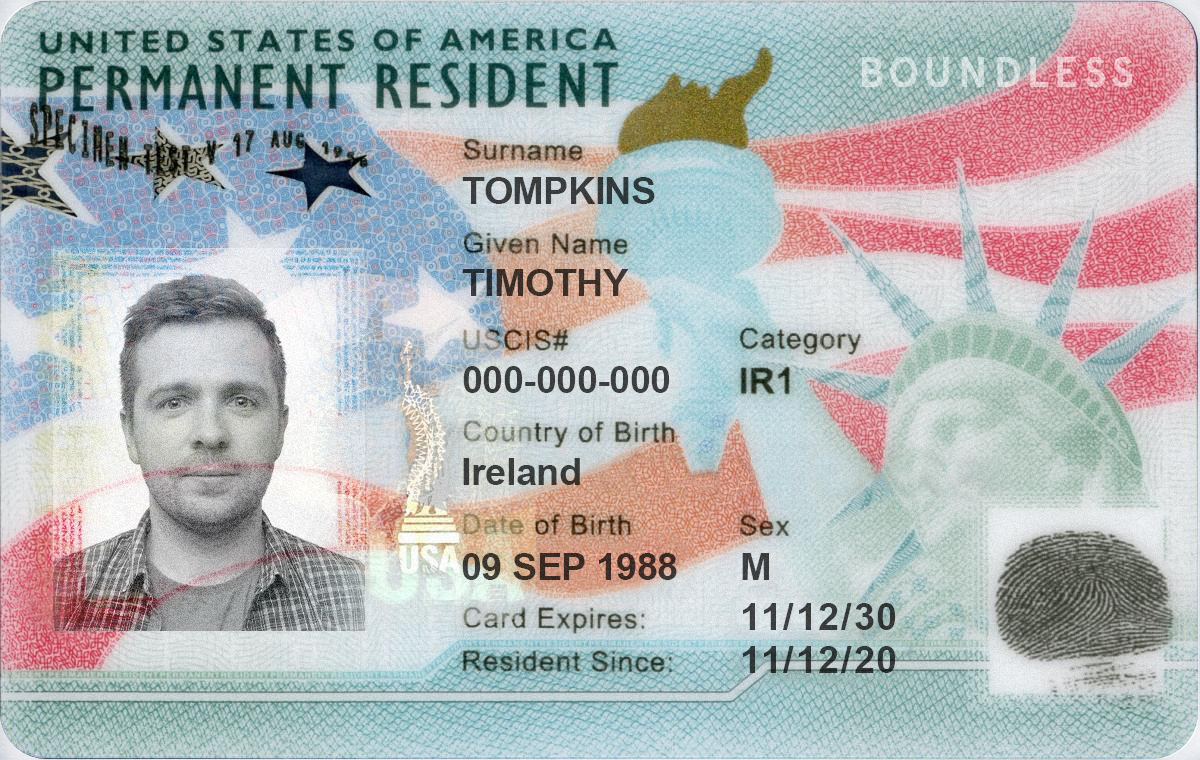What Does L1 Visa Mean?
Table of ContentsUnknown Facts About L1 VisaThe Of L1 VisaAbout L1 VisaNot known Details About L1 Visa Getting The L1 copyright Work
L-1 visas are readily available to employees of an international business with offices in both the USA and abroad. L1 Visa. The visa permits such international workers to transfer to the company's United States office after having actually worked abroad for the firm for a minimum of one continuous year within the previous three before admission in the USOne L-1 visa can permit multiple staff members entry into the United States.
Since 2000, Indian nationals are the biggest receivers of L-1 visas. The variety of L-1 visas offered to Indian nationals jumped from 4.5 percent in 1997 to 43.8 percent in 2006. In 2019, Indian nationals got 18,354 L-1 visas, making up 23.8% of all L-1 visas released in 2019. According to USCIS data, the biggest companies to obtain L-1 visas in 2019 were Tata Working as a consultant with 1,542 approved L-1 visa requests, Infosys with 517, Amazon with 455, Observant with 382, and Deloitte with 305.
Congress developed the L-1 visa in 1970. The original visa called for that the job period match directly prior to using for the firm transfer.
Getting The L1 copyright Work
Major Indian outsourcing firms such as Tata, Infosys, and Wipro increasingly made use of the L-1 copyright team American multinational companies. Half of Tata's workers brought to the United States came on L-1 visas.
In 2003, the Senate Judiciary Board held a hearing on the L-1 visa. In monetary year 2004, the number of L-1B visas exceeded the number of L-1A visas.

Applicants that remain in the United States at the time of the filing of the I-129 can ask for a change of standing from their existing nonimmigrant standing (i.e. site visitor, trainee, and so on), so long as they are in standing at the time of the declaring of the I-129. If they go out of condition after the declaring, however prior to authorization, there is no negative repercussion, and the person does not accrue unlawful existence.
Children of the main L-1 can go to institution. The partner of the primary L-1 has an automatic right to work contact us in the United States.
Getting The L1 copyright Work
An I-797 Notification of Activity revealing the approval of the copyright does not ensure that a visa will be issued at the United state

L1 Visa for Dummies
For an L-1 visa applicant, "double Intent" is enabled: unlike some classes of non-immigrant visas (e.g., J-1 visas (L1 Visa)), L-1 candidates may not get started be rejected a visa on the basis that they are an intending immigrant to the United States, or that they do not have a home abroad which they do not plan to desert
Revival in the United States applies to status just, not the real visa in the copyright. copyright renewal, the applicant should go to a UNITED STATE
An alien can not leave the United States and after that reenter without a legitimate L-1 visa, and have to find out more appear personally prior to a consular officer copyright issuance.
All About L1 Visa
An individual in L-1 standing typically might work just for the requesting business. If the L-1 employee enters based upon an L-1 covering, nonetheless, it generally is possible for the employee to be moved in the exact same capability to any other relevant company provided on the blanket. The L-1 visa program has actually been criticized for several factors.
In one instance, The U.S. Division of Labor fined Electronic devices for Imaging $3,500 for paying its L-1 visa workers $1.21 an hour and functioning some of them as much as 122 hours a week. Some industry reps have implicated business of utilizing the L-1 program to replace U.S. workers. Critics and federal government officials have actually explained exactly how the visa program does not define "specialized knowledge" for international workers in the L-1B visa group.